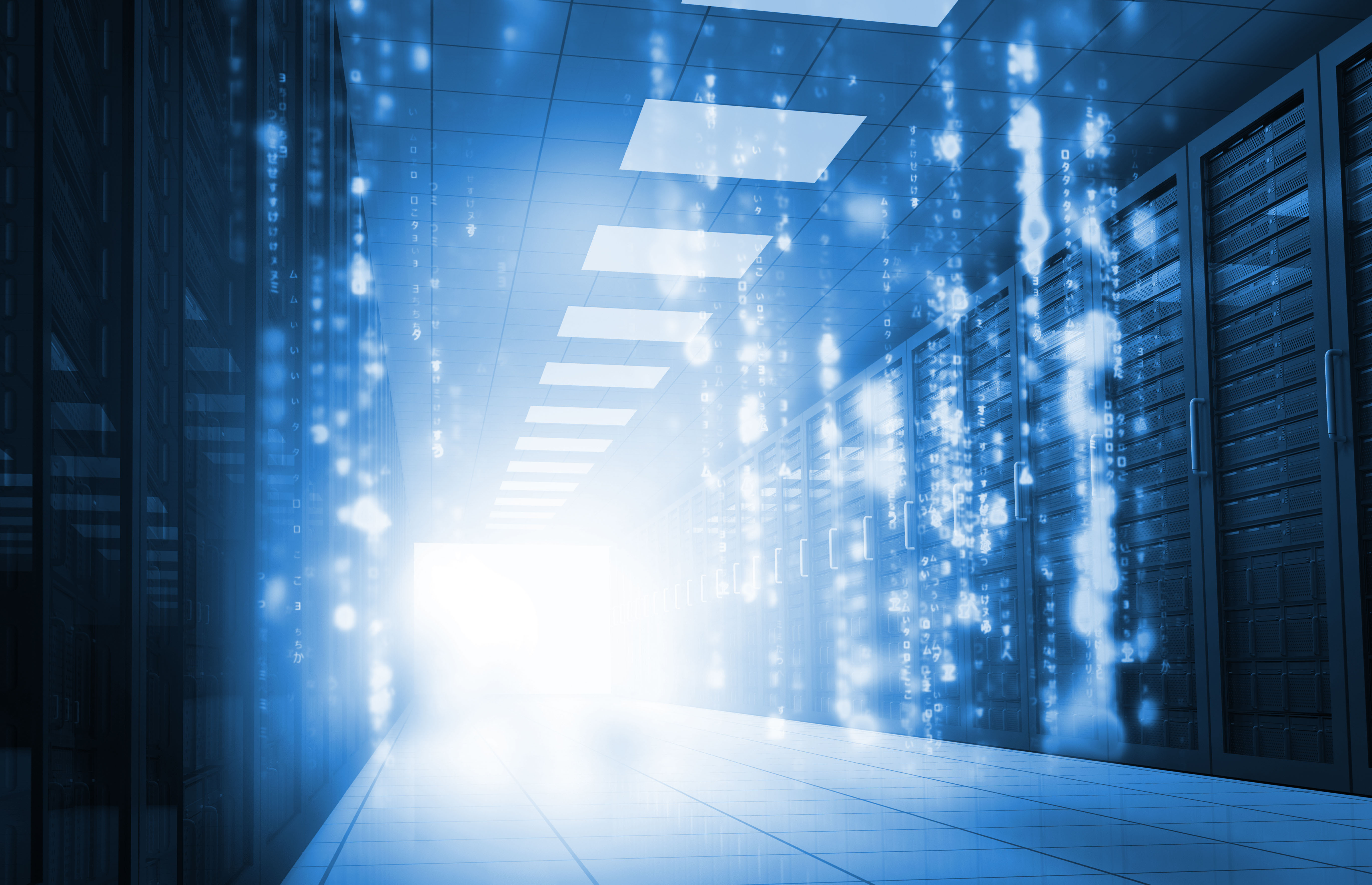Where does the cloud really live?
All your cloud questions, answered

Imagine an enormous room filled with racks and racks of little black boxes blinking with bright lights. These little black boxes are stacked one on top of another inside a larger black box that spans from the floor to the ceiling. These larger boxes rest side by side, one after another after another in long rows. The gigantic room consists of little else besides these boxes.
This is what a data center looks like. And this is where the cloud actually lives.
These data centers are spread out across the globe. Google, for instance has cloud locations in 12 regions, everywhere from South Carolina to Singapore.
The Week
Escape your echo chamber. Get the facts behind the news, plus analysis from multiple perspectives.

Sign up for The Week's Free Newsletters
From our morning news briefing to a weekly Good News Newsletter, get the best of The Week delivered directly to your inbox.
From our morning news briefing to a weekly Good News Newsletter, get the best of The Week delivered directly to your inbox.
In the U.S., many of these massive data centers, run by providers like Amazon, Microsoft, Google, and Apple, are concentrated in the Southeast. When Network World mapped major providers' data centers a few years back, numerous pins were dropped in states like Virginia, North Carolina, South Carolina, and Georgia. Amazon, Microsoft, Google, and Apple have also said they have centers in Washington, Oregon, California, Illinois, Oklahoma, Nevada, and Maryland.
However, not all companies are forthcoming about their data center locations. Microsoft, for instance, declined to hand over a complete list to Network World for security reasons. Google, on the other hand, self-publishes a map of its global cloud platform locations.
When deciding where to park their data, most companies focus on minimizing costs, mainly that of energy and of land. While companies are making a concerted effort to make their data centers more energy efficient, in 2014 data centers still sucked up about 70 billion kilowatt hours — roughly 1.8 percent of the country's total electricity consumption that year.
The Southeast, where many data centers are located, tends to have lower energy costs and the concentration of data centers in the region means construction crews and the workforce are already experienced, Network World reported. In Iowa, there are tax incentives offered and the cost of land is low. The data centers in the Pacific Northwest rest along the banks of the Columbia River, where there's plenty of hydroelectric power generated. Land is cheap in remote parts of the Columbia Valley, and tax incentives are offered.
A free daily email with the biggest news stories of the day – and the best features from TheWeek.com
Now, this is where the public cloud lives. But there are also private clouds, which reside in smaller, private data centers that can be placed wherever the owner likes. Smaller data centers tend to be even less energy efficient than the behemoths. It's estimated that as larger data centers become increasingly energy efficient, the little guys will account for 60 percent of the total energy used by all data centers by 2020.
And how does your information get from the cloud's home to yours? Simple: the internet.
These data servers are hooked up to computer networking equipment. When a user stores a file on the cloud, that information zips across the internet network to the data server, one of the many little black boxes at a data facility. That information is then recorded, usually on more than one storage server to ensure users can always access their data at any time.
When a user retrieves data from the cloud, the information is recalled from the storage servers to a control node, which then transmits the information back to the user over the internet or lets the user access the files directly on the server.
But if for some reason you were hoping to be able to go to a data center and pick out the hard drive where all of your information is stored, you'd be out of luck. Another unique feature of cloud computing — aside from its remote storage — is its ability to share workloads among multiple machines. The New York Times explains that "your Facebook photos, for example, don't have a permanent home on a specific chip, but may move among computers."
This workload sharing capability means that if a machine were to fail, the operation could jump over and continue seamlessly in another part of the system. But it also means that the cloud, while it technically lives in data centers, is moreso just a haze of data, constantly zooming through space.
-
 Wilde Cambridge: home-away-from-home in a prime city spot
Wilde Cambridge: home-away-from-home in a prime city spotThe Week Recommends This laid-back aparthotel is the perfect base for a weekend of exploring
-
 The best alcohol-free alternatives for Dry January
The best alcohol-free alternatives for Dry JanuaryThe Week Recommends Whether emerging from a boozy Christmas, or seeking a change in 2026, here are some of the best non-alcoholic beers, wines and spirits to enjoy
-
 A lemon-shaped exoplanet is squeezing what we know about planet formation
A lemon-shaped exoplanet is squeezing what we know about planet formationUnder the radar It may be made from a former star